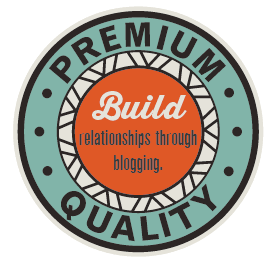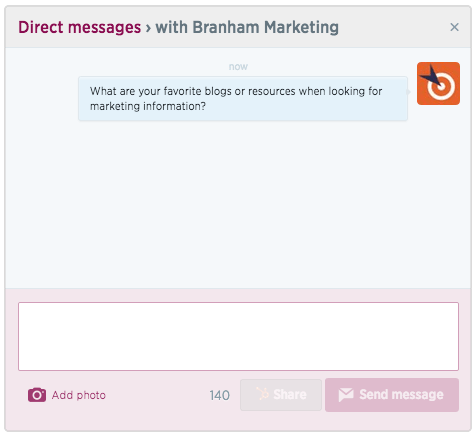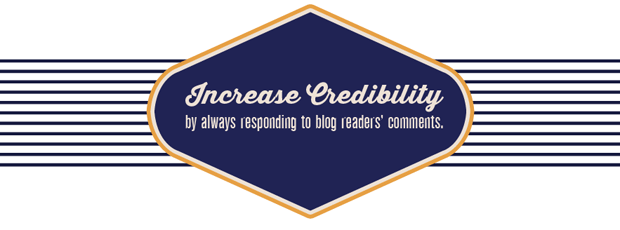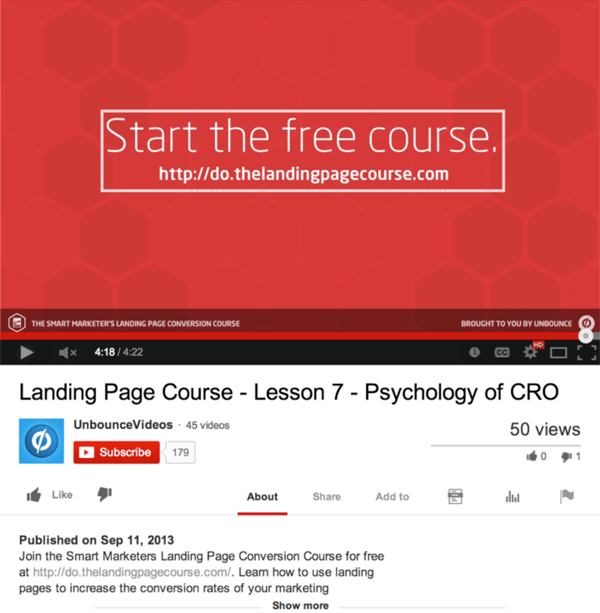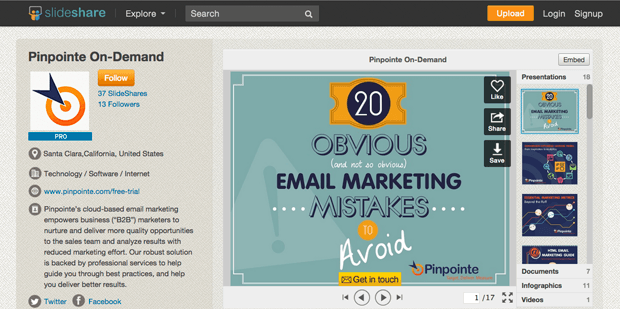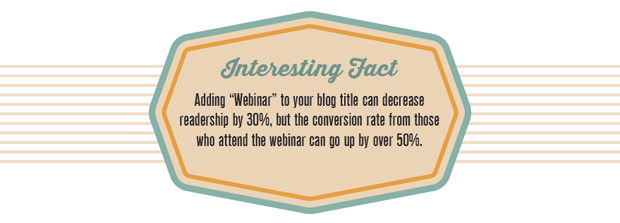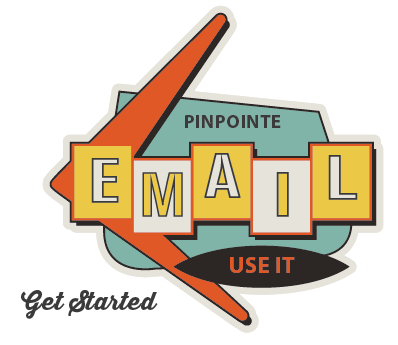Up until a few years ago, most business only worried about website content and driving visitors to their website through SEO. Now, marketers need to think about more than just content for websites, but also how to create and integrate content for all aspects of their online marketing strategy, including items like blogs, videos, webcasts, webinars, and more. In fact, it may be even more important as you are trying to capture a new audience with the content you post elsewhere.
Here are some conversion strategies for different types of offsite content and media. No matter what type of offsite content you post, you can refer to the back to the Topics That Can Lead to Conversions section of our blog article Optimizing Website Content for Conversions when choosing topics for any of the areas below.
Guest Posts That Convert
Offering your unique insight for other companies through guest blogging can be a benefit to you and your readers alike. Producing high quality content can earn you name recognition and a healthy reputation in your industry. It builds relationships with other bloggers and editors that may offer to write on your blog in return.
When it comes to guest blogging and regularly contributing content to online publications, aside from topic choices, you will have two areas to focus on for conversion optimization.
Audiences That Convert
First, you will need to choose publications whose audiences are your ideal customers. While it’s great to get published on a large site, if their readers are not your ideal customers, the increased traffic to your site won’t lead to the conversions you want. Smaller publications that your ideal customers read can be easier to get a spot on match and bring you more results.
Not sure what your ideal customers read? Ask your current customers what their favorite blogs are on your Facebook page or on Twitter.
This can help you build engagement with your customers while helping you pinpoint great blogs to contribute to.
Author Bios That Convert
Next, keep in mind that most publications want guest bloggers and regular contributors who focus on submitting quality content that is not self-promotional. This means that your only chance to convert readers from these publications is within your author bios.
Author bios are, on average, two to three sentences long. Just like all your other written content, you want to stand out. You’ll want to have an author bio that smoothly transitions the reader from your content to your offer or call to action.
If you write just one piece of content for a site, you can easily do this by keeping the topic flow between your content and your author bio. For example, you write a post on the latest Facebook page changes, and your author bio invites readers to learn more about managing a Facebook page in your free guide (lead magnet).
When you write regularly for a particular publication, you will either have to write about the same topic with a related author bio or create a generalized author bio that entices readers of any topic to go to your website.
Continuing our example, you will have to always write about Facebook with an author bio that leads visitors to a Facebook-related lead magnet. Alternatively, you can write about a variety of social networks with an author bio that leads visitors to a page on your website with lots of social media resources / lead magnets.
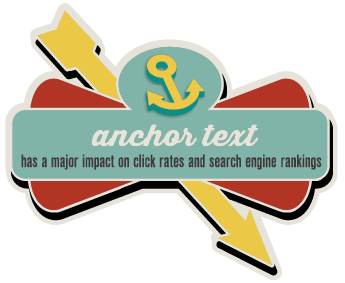 With any author bio you generate, pay special attention to your anchor text as they have a major impact on click rates and search engine rankings. Use keywords as your anchor text to help search engines properly tag your content. However, avoid using the same copy anchor text that may give Google a reason to flag your content.
With any author bio you generate, pay special attention to your anchor text as they have a major impact on click rates and search engine rankings. Use keywords as your anchor text to help search engines properly tag your content. However, avoid using the same copy anchor text that may give Google a reason to flag your content.
If you need inspiration, you can always look at the guest posts and contributions your competitor’s are submitting to other publications to see how they utilize their author bios. Backlink research tools such as CognitiveSEO will allow you to discover all of the links your competitor’s have from other websites, including those from their offsite content, so you can analyze their topic choices, publication choices, and author bios.
In addition to just seeing where a competitor has written, you’ll also get an analysis on the quality of the site so you can tell the difference between good opportunities and ones that should be avoided to protect yourself from issues with Google.
Most importantly, don’t forget to respond to your readers’ comments. This will increase your interaction and credibility with your audience, a major goal of guest blogging. Some readers ask great questions that deserve a response. It is good practice and will increase the likelihood of being invited back to produce more guest posts.
If you want more information on how to get started with guest blogging, I encourage you to read KISSmetrics thorough Ultimate Guide to Guest Blogging.
Videos That Convert
Video may have killed the radio star, but it’s helping businesses thrive. Depending on the length of the video, customers who watch a product video are 64%-85% more likely to make the purchase than those who do not. That is why making sure your video can convert viewers into customers is essential.
Video offers you a few different ways to convert a viewer. First, you’ll want to introduce yourself and your business at the beginning. Include a URL to your website so that viewers who don’t make it to the end can still learn more about you. You’ll also want to end your video with a strong call to action, again directing viewers back to your website.
In addition to within the video itself, you can also add your call to action link within the video description on sites like YouTube and Vimeo.
By adding your call to action in both the video itself and the description, you’ll ensure that viewers can get to the conversion point on your website regardless of whether they watch the video on YouTube itself or in an embedded version on another website. The more popular your video becomes, and the more times it is embedded, the more chances you have to reach your ideal customers to convert.
Podcasts That Convert
Whether you are hosting your own podcast, or participating in an interview for another podcast, make sure you have your elevator pitch ready.
 On your own podcast, you will want to have a quick introduction that tells listeners about your business, how it helps your ideal customers, and your website (just in case they don’t finish the podcast). At the end of your podcast, you’ll want to have a strong call to action with a link to your website and a reason for people to visit. Invite them to check out a new product, download your new lead magnet, or contact you to find out how you can help them with the topic discussed in the podcast.
On your own podcast, you will want to have a quick introduction that tells listeners about your business, how it helps your ideal customers, and your website (just in case they don’t finish the podcast). At the end of your podcast, you’ll want to have a strong call to action with a link to your website and a reason for people to visit. Invite them to check out a new product, download your new lead magnet, or contact you to find out how you can help them with the topic discussed in the podcast.
It can be boring listening to the same person talk endlessly, so podcasts usually have a guest speaker or two. On someone else’s podcast, the host will typically introduce you and your business at the start. At the end of the interview, they will thank you for participating and tell their listeners where to learn more about you. Most will plug your latest product or service in exchange for the interview. Make sure you reciprocate the favor.
Slideshow Presentations That Convert
If you enjoy creating PowerPoints, or use them in speaking engagements, take advantage of your conversion options on sites like SlideShare. You can include live links within your presentation itself that viewers can click on throughout your presentation, which means that you should have a link to your website in the footer of each slide. Make the links lead to content on your site that is relevant to the information on the current slide when possible. You should also include a strong call to action in the final slide.
In addition to links within your presentation, SlideShare also offers pro members the ability to add a contact form to the end of their presentation. If you are collecting leads for your products or services, this is a perfect way to capture them.
While you may not get a lot of leads, the ones you do get will be very interested in hearing more about your products and services, likely leading to more conversions.
Webinars That Convert
When it comes to converting an ideal customer, a well-produced webinar can have outstanding conversion rates. Those who sign up to listen in on a webinar have a high interest in the information being presented. Often a guest speaker may present a portion of, or even the entire, webinar, generating the opportunity to create partnerships with people in your industry.
Let your audience know about your upcoming webinar through preliminary blog posts, your social media outlets, and potentially an email campaign. Neil Patel found that although adding “Webinar” to your blog title decreased the readership by 30%, the conversion rate from those who attended the webinar went up by over 50%. Have any other presenters in your webinar similarly alert their own audience. If you think a webinar could help your conversions, check out Conversion Rate Experts amazing step-by-step guide on executing a perfect webinar.
Maximizing Online Content Conversions
Once your business has built up a good amount of offsite content in various media platforms, you want to bring offsite conversion opportunities onsite. This can be done by creating a page on your blog or website that highlights your offsite content. Examples include:
• a video library of your best YouTube videos
• a podcast page highlighting your latest podcasts or interviews you’ve done for other podcasts
• a presentation page with embedded presentations from SlideShare
• a press page with links to your latest guest posts and contributions
• a new blog post for each type of new media developed for your business and embed it into the post.
Why is it good to highlight your offsite content? If you only write blog posts, you may not be able to convert prospective customers who are more comfortable listening to podcasts or watching videos. By sharing your videos on your website, you could convert video lovers, and by sharing podcasts, you could convert podcast enthusiasts. Additionally, your onsite content that drives traffic to offsite content will increase your search engine presence.
Promoting Your Online Content for Conversions
Remember that you can’t just create conversion-optimized content – onsite or offsite – and expect it to start generating revenue for your business. You have to promote your content in front of your ideal customers in order to get them to consume it and give them a chance to convert.
If you have a large social media audience, you can begin promoting your content to them. If you’re just getting started, social media advertising such as Facebook Ads, LinkedIn Ads, and Twitter Ads can help you reach your ideal customers based on specific demographics and interests. LinkedIn Ads has the strongest targeting options for B2B, whereas Facebook Ads has the strongest targeting for B2C.
You can also promote your content when it is applicable in forums and social media groups. While you don’t want to spam forums and groups by constantly posting links to your content, you can (in most communities) share links to your content if it helps answer another member’s questions. Be sure to read up on each forum and group policy to see which ones allow this, and which ones consider it too self-promotional.
Last, but not least, keep visitors on your website even longer by interlinking your conversion-optimized content with other pieces of conversion-optimized content. The more a visitor consumes your content, whether it is onsite or offsite, the more chances you have to convert them into a lead or a customer.
A Great Idea…
Use conversion optimized content to engage with your email marketing list. Itís a refreshing break, for subscribers who are constantly being badgered to purchase products, to receive an email promoting content they are interested in and would genuinely enjoy consuming. This gives you the opportunity to convert email subscribers who may not have converted from your email messages or funnel.


